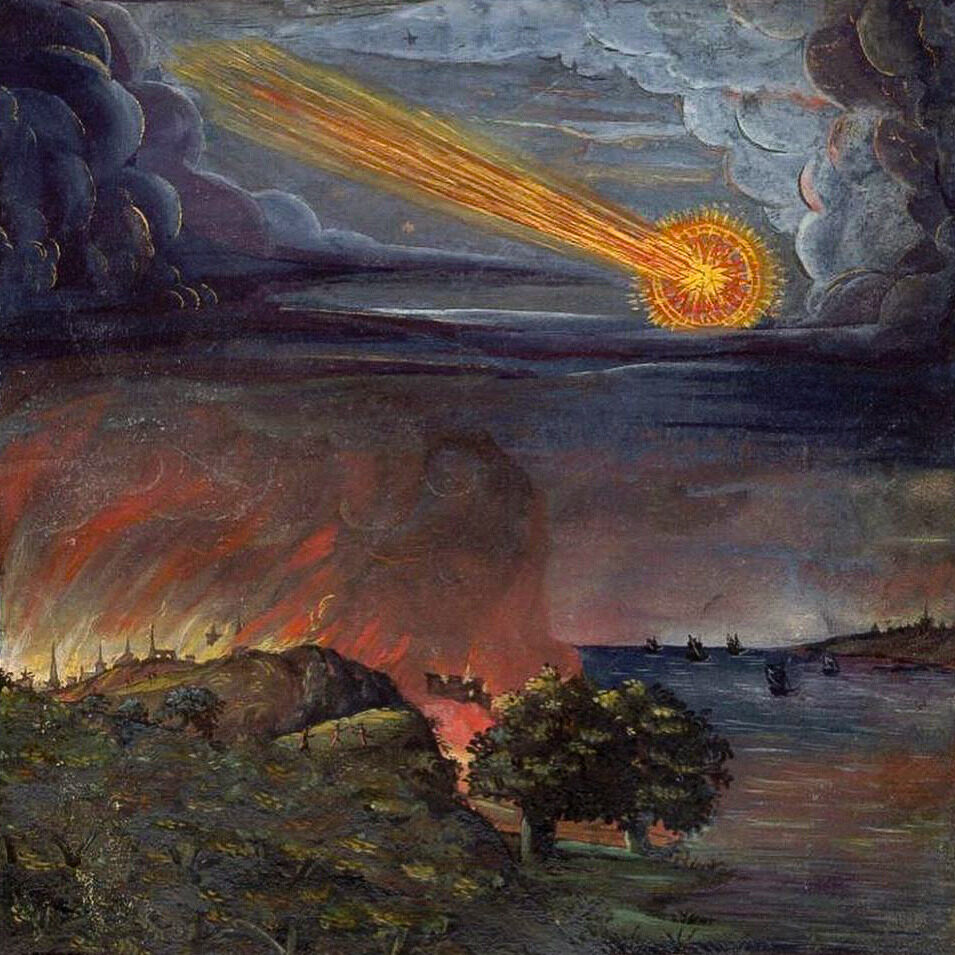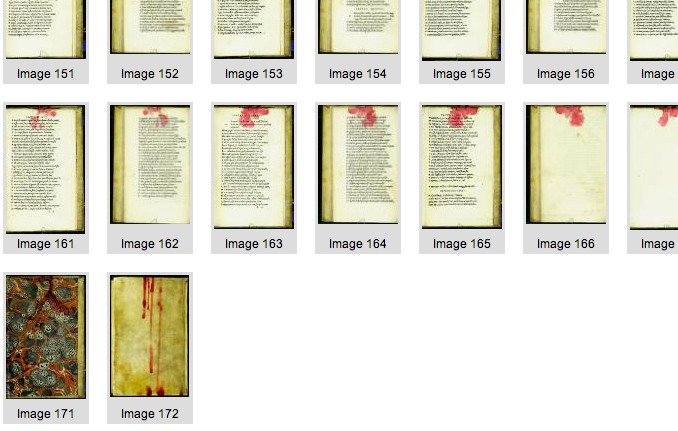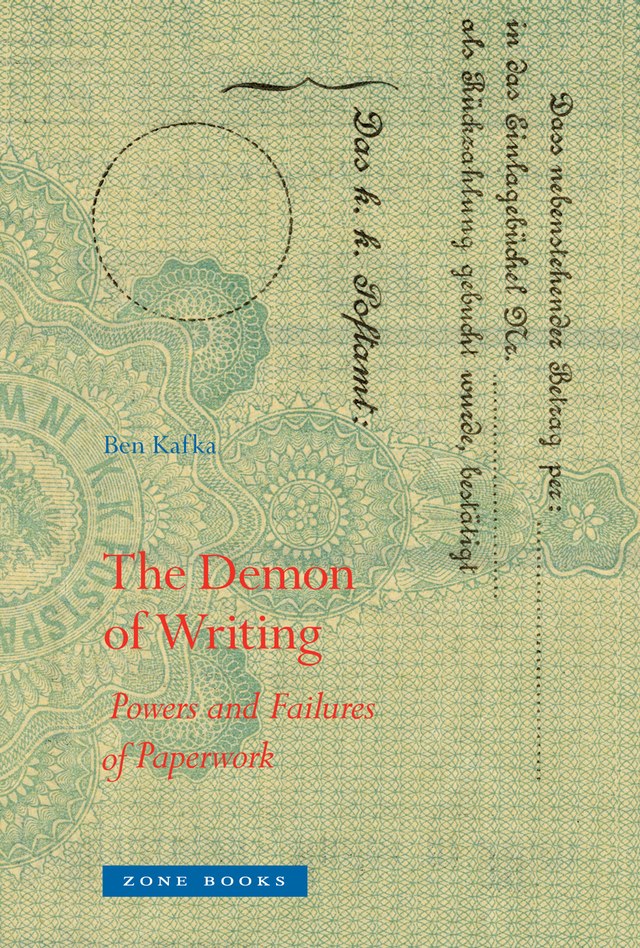Två artiklar om samtida arkitektur har fastnat i spjälet:
“The Future of Architecture” hos Vice är som alla Vice-artiklar, men sätter ändå fingret på en del intressanta saker:
Like most facets of contemporary culture, the emerging architecture won’t arrive in a uniform mass, it’ll be made of multiple micro scenes. You’ll notice none of these practices are named after a person, they [FAT, AOC, HAT Projects, Muf, Assemble, Studio Weave och Aberrant] all design co-operatively, and they all do different things and have different approaches.
Det där är också något som dyker i en artikel hos New York Review of Books om norska Snøhetta:
Perhaps only a post-industrial social democracy as progressive as Norway—surely among the most enlightened of all contemporary nations, with as good a claim as any other to being a thoroughly evolved and humane society—could have produced an architectural office such as this. A self-described non-hierarchical cooperative whose principals avowedly seek to avoid the personal celebrity we associate with Zaha Hadid or Daniel Libeskind, Snøhetta is far different from the top-down model adopted during the postwar period by large American architectural firms exemplified by Skidmore, Owings & Merrill, which patterned its organizational structure and management methods on those of the large corporations they hoped to attract as clients.



